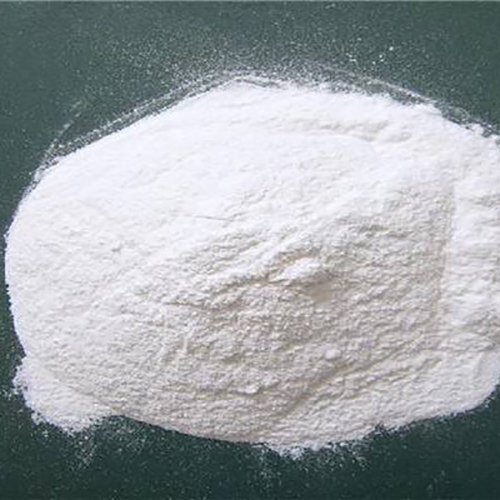The future development of small-sized pressure sensors can be expected
 With the development of science and technology, humans have become more and more demanding on the accuracy of various measurements, and more and more data have to be measured. Therefore, various measuring tools and sensors have emerged. These sensors have to be measured. The problem is gradually solved, and the measurement accuracy is definitely increased. The limits of the measurement environment on the human body can be solved under the indirect measurement of the sensor.
With the development of science and technology, humans have become more and more demanding on the accuracy of various measurements, and more and more data have to be measured. Therefore, various measuring tools and sensors have emerged. These sensors have to be measured. The problem is gradually solved, and the measurement accuracy is definitely increased. The limits of the measurement environment on the human body can be solved under the indirect measurement of the sensor. With the rapid development of industrial automation, the demand for sensors has become more and more demanding. What we call harshness is that the requirements for the accuracy, size, and life of the sensor have become more stringent. In the early 1980s, China entered the R&D and production stage of mechanical sensors, and gradually developed pressure sensors, load cells, force sensors, tension sensors, torque sensors, and other mechanical sensors. Compared with previous years, China has introduced foreign countries such as Europe and America. For load cells, we have fully developed and generated our own. From the beginning, single-point load cells, S-pull pressure sensors, spoke-type force sensors, column load cells, etc., can now be customized to meet the needs of some customers special shape force sensors, indicating that China is testing The force sensor industry will enter the world market.
From the 1980s to the present, China has been researching, exploring and innovating in the area of ​​force measuring sensors. After all, China has entered the force measuring sensor at a later time. So, for the time being, no matter if it is from the accuracy, life expectancy, etc. of the sensor, we All of them are behind Europe and the United States. Even our neighboring country, Japan, is at least 15 years ahead of us.
In particular, in recent years, some of the oldest manufacturers in Europe and America have developed miniature pressure sensors, small-scale load cells, small-sized force sensors, and other high-precision force sensors such as micro/minor/small/small/small-range sensors. These small force transducers have evolved with the pace of industrial automation. At first, large-sized, bulky load cells have failed to meet the needs of current customers. Some micro/small/small size load cells will soon be slow. Slowly replacing the previous conventional size load cell, the future stage is a small/micro/small size/small volume load cell.
With regard to the future application of small/micro/small/small-sized load cells, the development of the load cell will surely come to naught. In this regard, Shanghai Free Sensing Technology Co., Ltd. will not miss this machine. In Shanghai 2011, Ranran began to research and develop several miniature/small force sensors such as EVT-14D, EVT-14A, EVT-14L, EVT-14M, etc. The production and interview of these small-sized force sensors have been widely used. The customers unanimously appreciated that by 2012 Shanghai Freedom continued to introduce the Japanese micro-strain technology, and developed about 10 models of miniature/small force transducers. At the same time, it signed an agreement with Japan’s MTO Corporation, and Shanghai Haoran sent 8 technical engineers. Go to Japan MTO Co., Ltd. to learn about the development of miniature/small/small size weighing/dynamometer sensors. MTO Corporation of Japan will invest in Shanghai, China and establish a factory with Shanghai Youran Sensing Technology Co., Ltd. based on the needs of Chinese customers in the next few years. Provides high-quality force sensors for Chinese users.
Urea-formaldehyde resin (UF), also known as urea-formaldehyde resin, is a polycondensation of urea and formaldehyde under the action of a catalyst (alkaline or acid catalyst) to form an initial urea-formaldehyde resin, and then under the action of a curing agent or auxiliary agent to form an insoluble and insoluble final stage Thermosetting resin. The cured urea-formaldehyde resin is lighter in color than phenolic resin, translucent, resistant to weak acid and alkali, has good insulation performance, excellent wear resistance, and is cheap. It is the most used type of adhesive, especially in the wood processing industry. In the manufacture of various wood-based panels, urea-formaldehyde resin and its modified products account for about 90% of the total amount of adhesives. However, urea-formaldehyde resin is easily decomposed in the presence of strong acid and strong alkali, and has poor weather resistance, poor initial viscosity, large shrinkage, high brittleness, water resistance, and easy aging. The wood-based panels produced with urea-formaldehyde resin have formaldehyde release in the process of manufacturing and use. problem, so it must be modified.

Uf Powder,Veneer Contact Adhesive,Uf Resin Powder,Hot Melt Adhesive Powder
GUANGZHOU INTERNET WOOD GLUE MANUFACTURER CO. LTD. , https://www.hotmeltadhesiveiwg.com